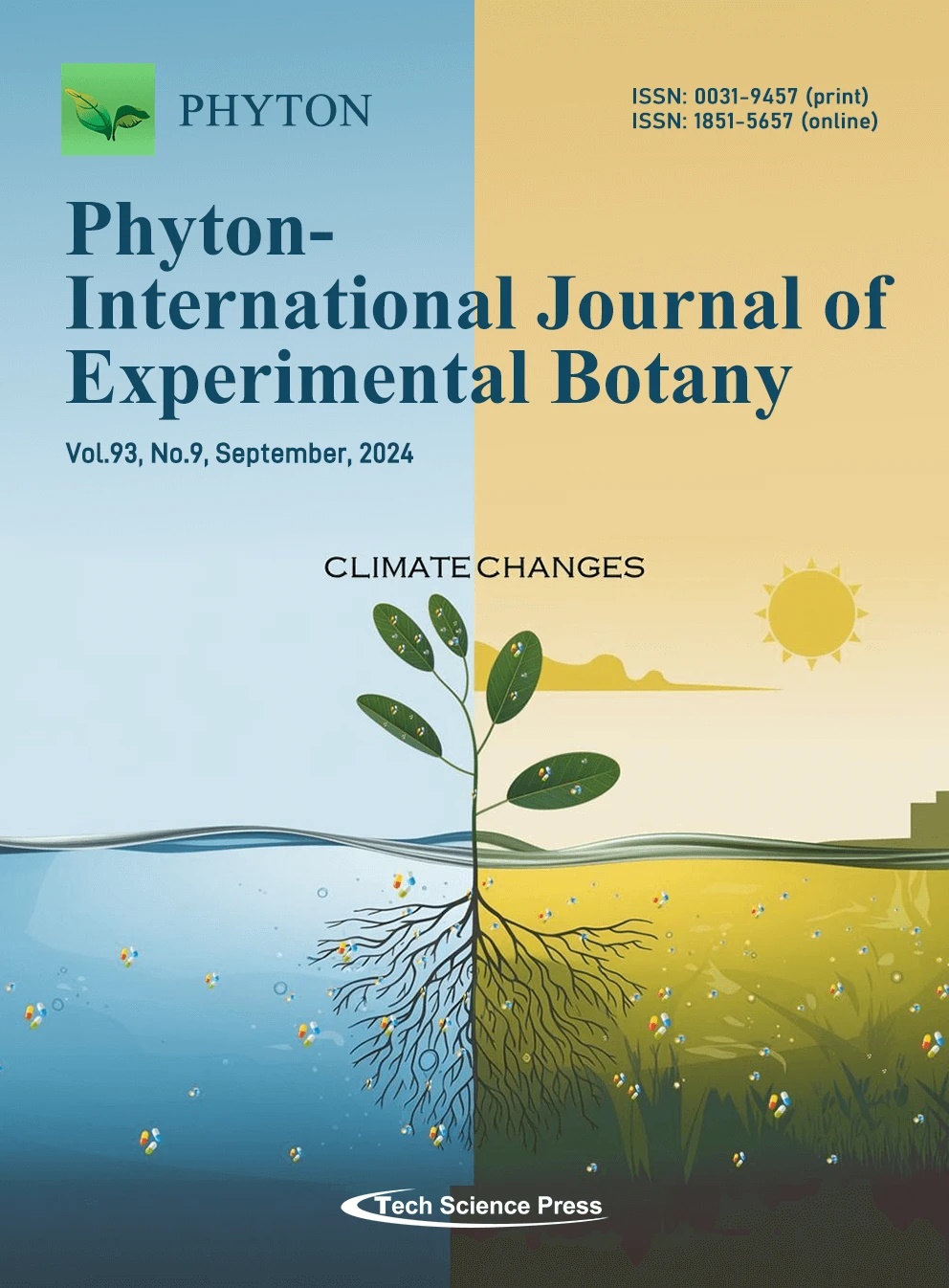Ver ítem
- xmlui.general.dspace_homeCentros Regionales y EEAsCentro Regional Patagonia NorteEEA BarilocheArtículos científicosxmlui.ArtifactBrowser.ItemViewer.trail
- Inicio
- Centros Regionales y EEAs
- Centro Regional Patagonia Norte
- EEA Bariloche
- Artículos científicos
- Ver ítem
A New Framework for Vegetation Productivity Dynamics Assessment in Patagonia: Rangeland Functional Archetypes
Resumen
Adaptive management in arid and semi-arid regions of Patagonia, Argentina, requires a thorough understanding of vegetative dynamics, which can be obtained via rangeland assessment and monitoring. These practices are essential for decision-making to prevent environmental degradation, especially in the light of drought aggravated by climate change. In turn, most methods used to evaluate rangelands focus on data obtained from field measurements and
[ver mas...]
Adaptive management in arid and semi-arid regions of Patagonia, Argentina, requires a thorough understanding of vegetative dynamics, which can be obtained via rangeland assessment and monitoring. These practices are essential for decision-making to prevent environmental degradation, especially in the light of drought aggravated by climate change. In turn, most methods used to evaluate rangelands focus on data obtained from field measurements and vegetation classifications based on remote sensing data. One of the most frequent problems is that field-based rangeland assessments, based on field measurements, turn out to be expensive because they require high efforts in data collection and additionally fail to accumulate a large amount of data over time. However, satellite data series have been available for more than 20 years, which nowadays makes it possible to analyze the variation over time of vegetation productivity, and at the same time, minimize the costs. This study aimed to compare and evaluate the complementarity of information between two classification systems based on: (a) vegetation productivity dynamics derived from remote sensing data, which we have termed Rangeland Functional Archetypes, and (b) geomorphological features and field data at a farm level. We discuss the complementarity of information that can enhance rangeland assessments applied to Patagonian pastoral systems. In particular, we emphasize the opportunities to redesign management plans aimed at including dynamics and changes in time of vegetation productivity as a classificatory factor and not solely as a descriptive variable.
[Cerrar]

Autor
Sello, Mario Eugenio;
Maddio, Rafael Adrian;
Hurtado, Santiago Ignacio;
Castillo, Daniel Alejandro;
Perri, Daiana Vanesa;
Bruzzone, Octavio Augusto;
Easdale, Marcos Horacio;
Fuente
Phyton-International Journal of Experimental Botany 93 (9) : 2479-2498. (September 2024)
Fecha
2024-09
Editorial
Tech Science Press
ISSN
0031-9457
1851-5657 (online)
1851-5657 (online)
Documentos Relacionados
Formato
pdf
Tipo de documento
artículo
Proyectos
(ver más)
INTA/2023-PD-L01-I099, Pastoreo inteligente para sistemas ganaderos sustentables
Palabras Claves
Derechos de acceso
Abierto
 Excepto donde se diga explicitamente, este item se publica bajo la siguiente descripción: Creative Commons Attribution-NonCommercial-ShareAlike 2.5 Unported (CC BY-NC-SA 2.5)
Excepto donde se diga explicitamente, este item se publica bajo la siguiente descripción: Creative Commons Attribution-NonCommercial-ShareAlike 2.5 Unported (CC BY-NC-SA 2.5)


